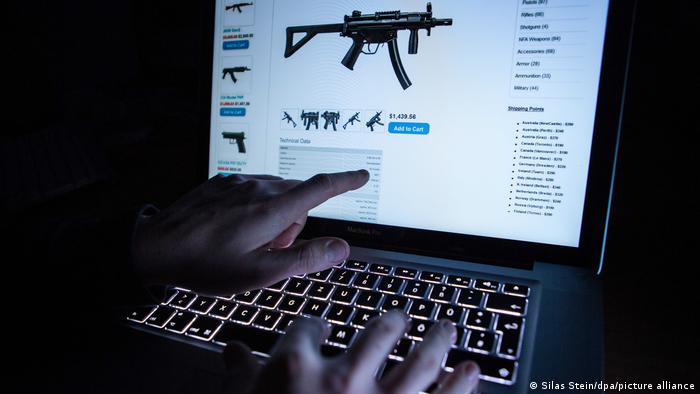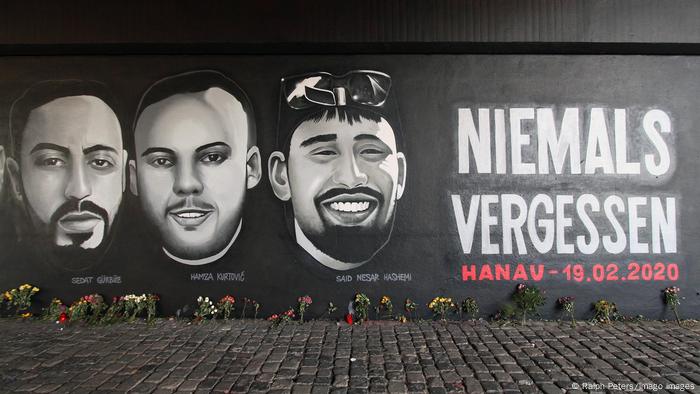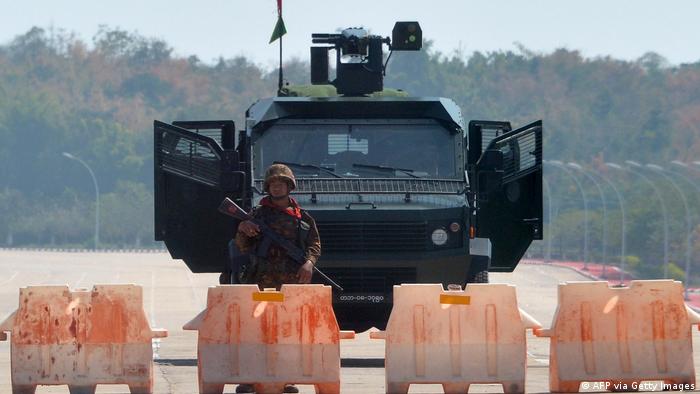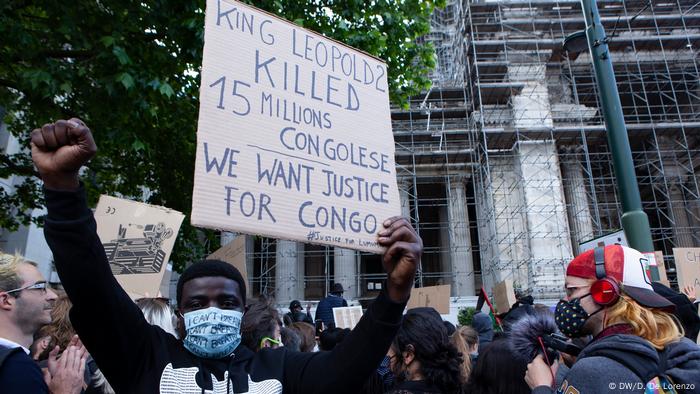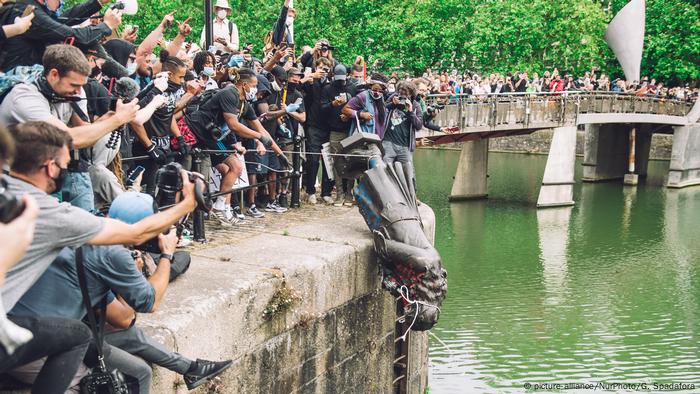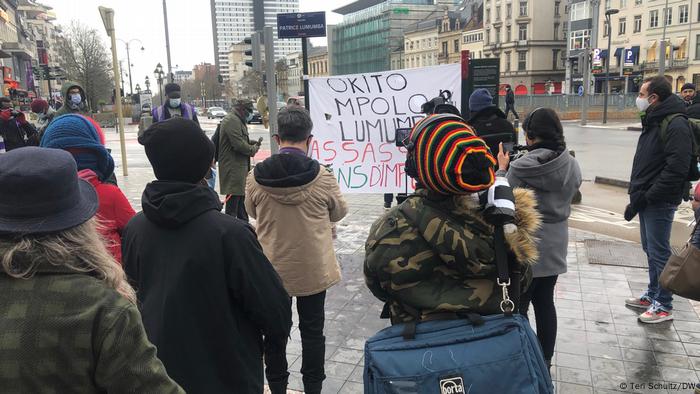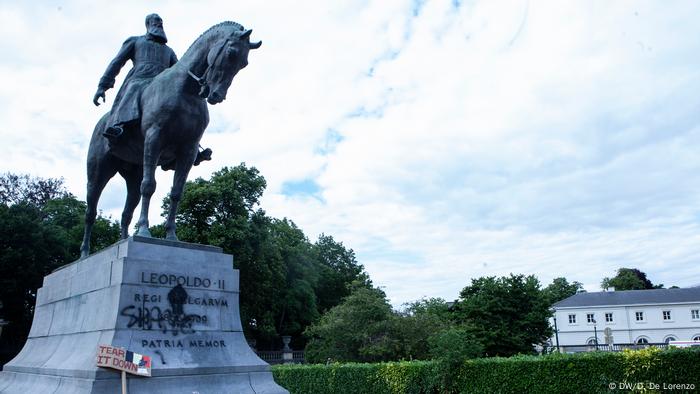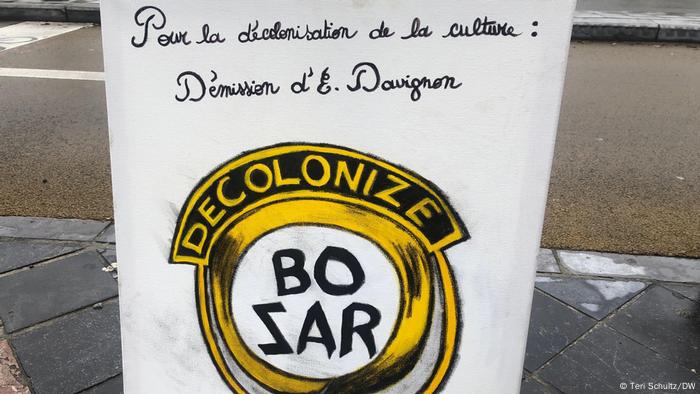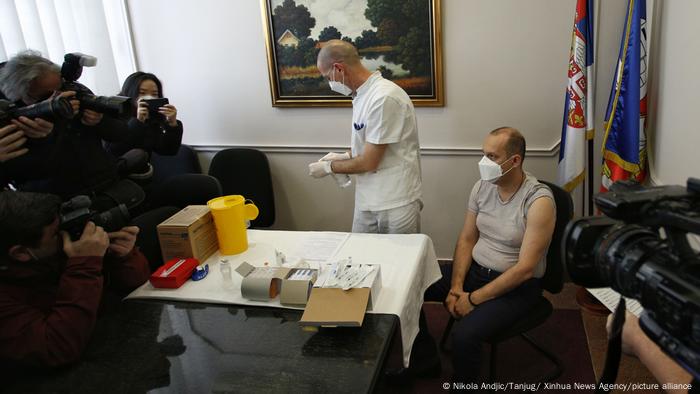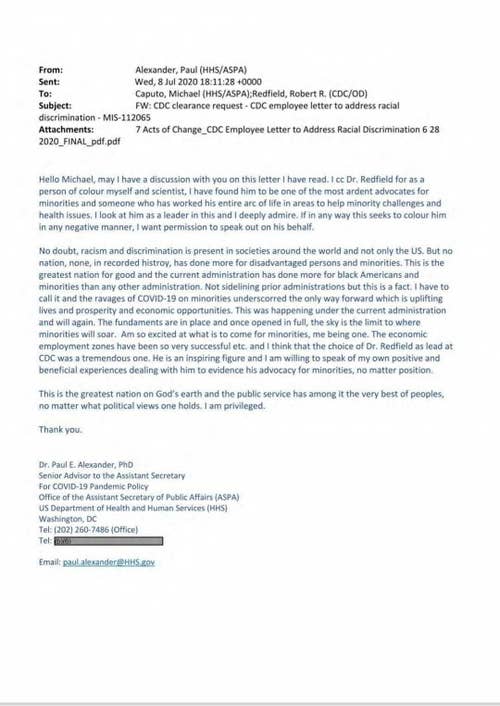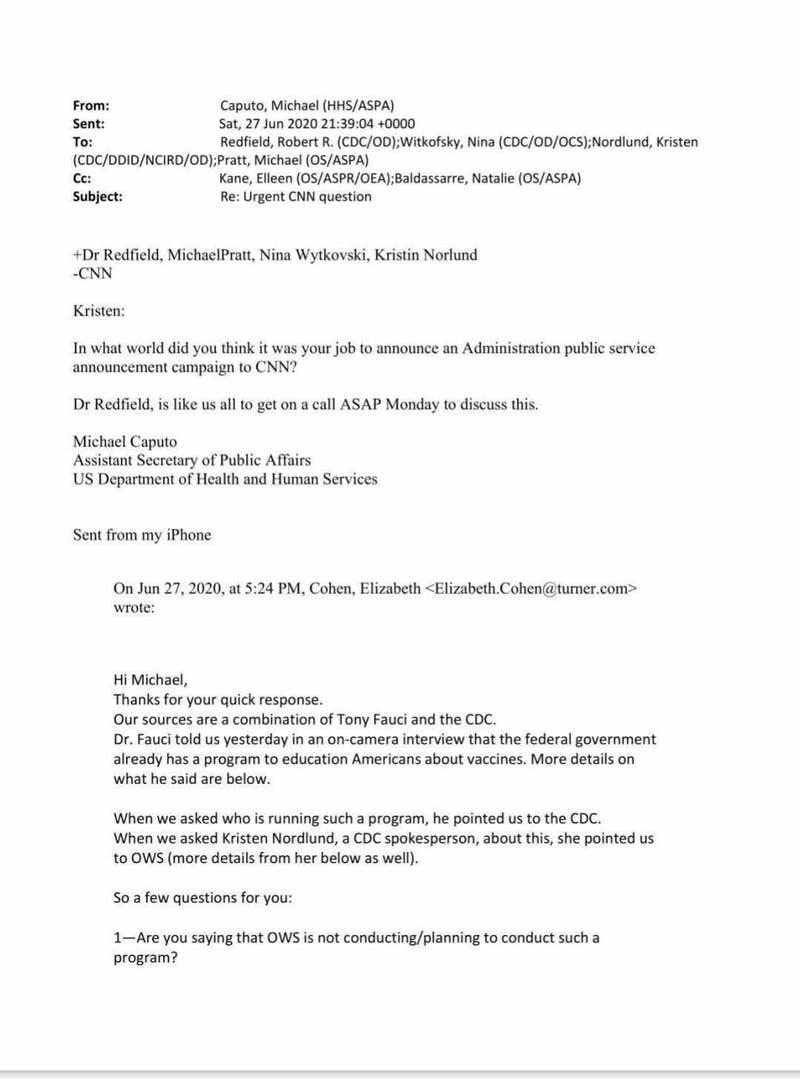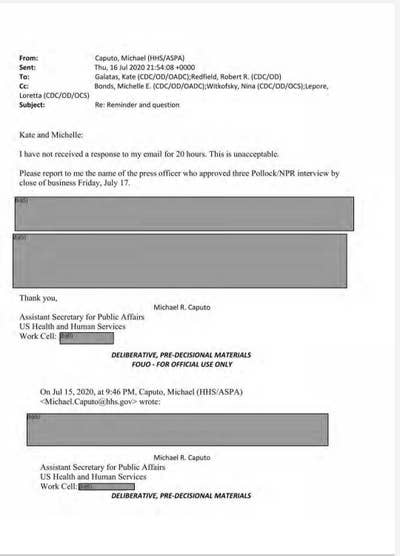Biden must inspect America’s embrittled reactors
Biden must act to prevent what would constitute nuclear suicide in the United States.

Of all the daunting tasks Joe Biden faces, especially vital is the inspection of dangerously embrittled atomic reactors still operating in the United States.
A meltdown at any one of them would threaten the health and safety of millions of people while causing major impact to an already struggling economy. The COVID-19 pandemic would complicate and add to the disaster. A nuclear power plant catastrophe would severely threaten accomplishments Biden is hoping to achieve in his presidency.
The problem of embrittlement is on the top of the list of nuclear power concerns. The “average age”—length of operation—of nuclear power plants in the U.S., the federal government’s Energy information Agency, reported in 2019 was 38 years.
Now, in 2021, the “average age” of nuclear power plants in the U.S. is 40 years—the length of time originally seen when nuclear power began in the U.S. for how long plants could operate before embrittlement set in.
That’s why the operating licenses originally issued for the plants were limited to 40 years.
Here’s how Arnold “Arnie” Gundersen, a nuclear engineer with more than 44 years of experience in the nuclear industry, who became a whistleblower and is now chief engineer at Fairewinds Associates, explains embrittlement: “When exposed to radiation, metal becomes embrittled and eventually can crack like glass. The longer the radiation exposure, the worse the embrittlement becomes.”
“A nuclear reactor is just like a pressure cooker and is a pot designed to hold the radioactive contents of the atomic chain reaction in the nuclear core,” continues Gundersen, whose experience includes being a licensed Critical Facility Reactor Operator. “And metals in reactors are exposed to radiation every day a plant operates”
“If the reactor is embrittled and cracks,” says Gundersen, “it’s ‘game over’ as all the radiation can spew out into the atmosphere. Diablo Canyon [a twin-reactor facility in California] is the worst, the most embrittled nuclear power facility in the U.S., but there are plenty of others that also could crack. Starting with Diablo, every reactor in the U.S. should be checked to determine they are too embrittled to continue to safely operate.”
Metals inside a nuclear power plant are bombarded with radiation, notes Gundersen. The steel used in reactor pressure vessels—which contain the super-hot nuclear cores—is not immune.
Every U.S. reactor has an Emergency Core Cooling System and a Core Spray System to flood the super-hot core in the event of a loss-of-coolant accident.
Embrittled metal would shatter when hit with that cold water.
The ensuing explosion could then blow apart the containment structure—as happened at the Chernobyl and Fukushima nuclear power plants—morphing into a radioactive plume moving into the atmosphere and be carried by the winds, dropping deadly fall-out wherever it goes.
This apocalyptic outcome was barely missed in Pennsylvania where, starting at 4 a.m. on March 28, 1979, fuel inside the Three Mile Island Unit Two nuclear power plant began to melt.
Its Emergency Core Cooling System was activated. But only the year before—in 1978—did the plant receive a license to operate and begin operating.
Had TMI, like so many of U.S. nuclear power plants now, been decades old and its metal pressure vessel embrittled and had shattered—a far greater disaster would have occurred. The entire northeastern U.S. could have been blanketed with deadly radioactivity
The “fleet” of old, decrepit nuclear power plants in the U.S.—with embrittled metal components—must be inspected. And with embrittlement they must be shut down.
Biden must jump into the situation—for the sake of American lives, for the sake of the nation’s future.
Nuclear power in the U.S. is under the jurisdiction of the Nuclear Regulatory Commission, or NRC. That acronym NRC should really stand for Nuclear Rubberstamp Commission. Whatever the nuclear industry wants, the NRC says yes to.
As the result of the series of globally infamous catastrophic nuclear power plant accidents—at Three Mile Island, Chernobyl and Fukushima—and the availability of safe, green, cost-effective, clean renewable energy, led by solar and wind, coupled with increasing energy efficiency, the nuclear industry is in its death throes.
Only two nuclear power plants are being built now in the U.S., Vogtle 3 and 4 in Georgia. At nearly $30 billion for the pair, they’re hugely over budget—and their construction costs are still rising. In fact, virtually all operating atomic reactors are producing electricity at much higher base costs than solar and wind.
The NRC is currently seeking to try to bail out the nuclear industry—to keep it going—by allowing nuclear power plants to operate for 100 years.
In recent years it agreed to let nuclear power plants to run for 60 years and then it upped that to 80 years.
On January 21 the Nuclear Rubberstamp Commission held a “public meeting” on its plan to now extend operating licenses for U.S. nuclear power plants and allow them to run for 100 years. Speaker after speaker protested this scheme.
“It’s time to stop this whole nuke con job,” testified Erica Gray nuclear issues chair of the Virginia Sierra Club, at the meeting. There is “no solution” to dealing with nuclear waste, she said. It is “unethical to continue to make the most toxic waste known to mankind.” And renewable energy” with solar and wind “can power the world.”
“Our position… is a resounding no,” declared Paul Gunter, director of the Reactor Oversight Project of the national organization Beyond Nuclear, for letting nuclear power plants run for 100 years.
Speakers cited the greatly increased likelihood of accidents if nuclear plants were allowed to run for a century.
Biden must step in and order the inspection for embrittlement of U.S. nuclear power plants.
The “fleet” of old, decrepit nuclear power plants in the U.S.—with embrittled metal components—must be inspected. And with embrittlement and other likely age-induced problems, they must be shut down.
Biden must act to prevent what would constitute nuclear suicide in the United States.
On January 27, Biden announced a climate change agenda transitioning the U.S. towards renewable energy. But taking action against fossil fuel is not enough. Nuclear power plants are also engines of global warming. The “nuclear fuel chain” which includes uranium mining, milling and fuel enrichment is carbon intensive. Nuclear plants themselves emit Carbon-14, a radioactive form of carbon.
Biden must take the lead. NOW!
Harvey Wasserman wrote the books Solartopia! Our Green-Powered Earth and The Peoples Spiral of US History. He helped coin the phrase “No Nukes.” He co-convenes the Grassroots Emergency Election Protection Coalition at www.electionprotection2024.org Karl Grossman is the author of Cover Up: What You Are Not Supposed to Know About Nuclear Power and Power Crazy. He is the host of the nationally-aired TV program Enviro Close-Up with Karl Grossman (www.envirovideo.com)

